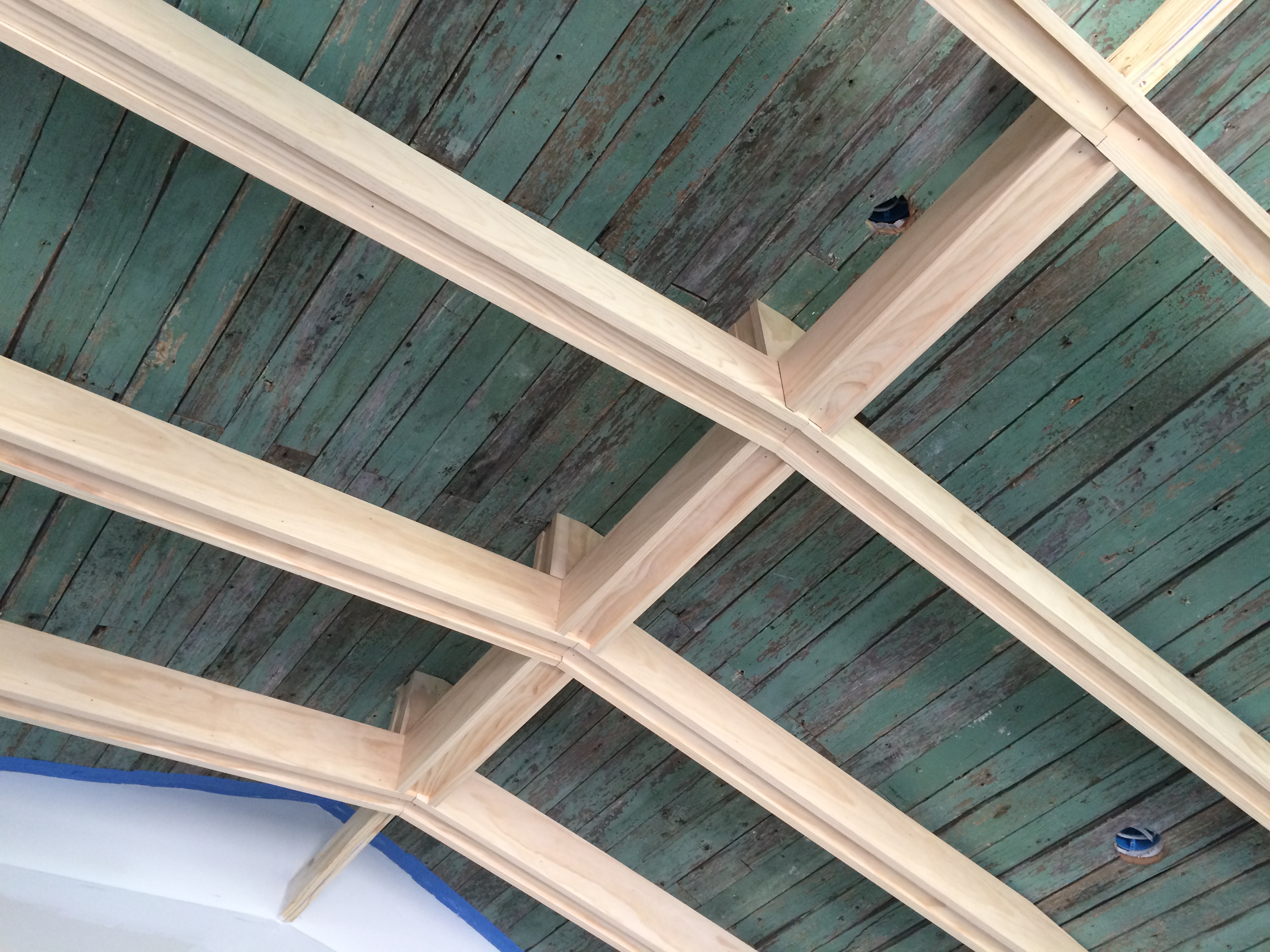Introduction
Ceilings are really about light. To the extent that most architecture is really about light, ceilings are pretty important, then. That's why it surprises me to that ceilings are the most ignored surface in most buildings.
Yeah, that got abstract pretty quickly. Hold on. I'll start again.
Different designers have different approaches. It's a dramatic simplification, of course, but some designers care most about color; some focus on geometric forms; some on materials. For me, it's place: I care most about creating design that makes you feel rooted in a place, and a lot of that is about comfort and balance. The root of that is working with light.
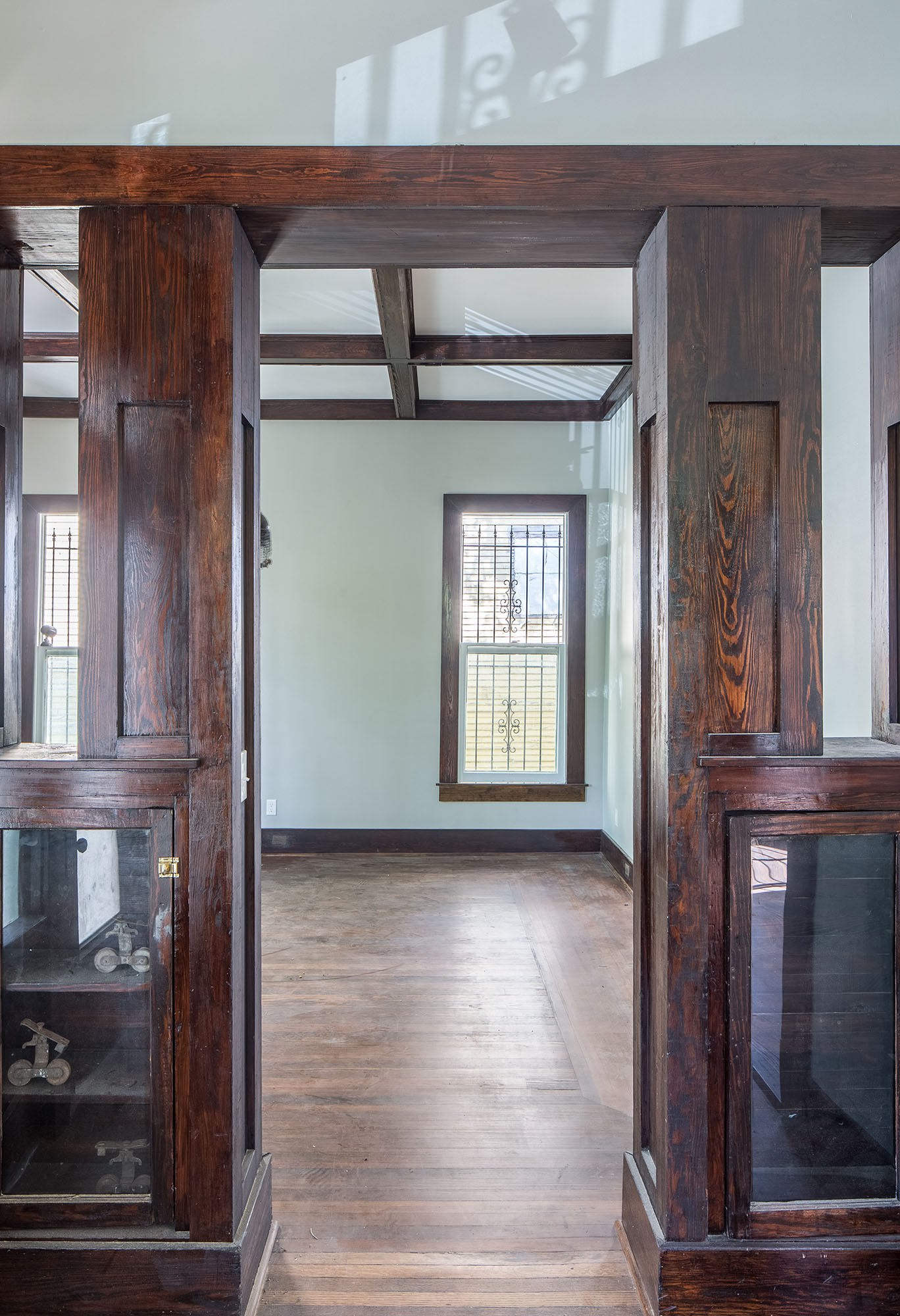
Why Is Light a Big Deal?
This may not be the first time that you've heard an architect babble about light. So let's try to make some sense out of it, shall we?
Let's set aside technical and structural issues. Also, forget about things like the size and layout of spaces so that we can focus in on more immediate tools. What's left? Materials, colors, the things you see and touch.
But also light. Light's different. It changes throughout the day. It modifies the properties of everything else: it can reveal details in materials, and it alters colors. More significantly, it can do the same for spaces. In fact, that's the best way I can think of to summarize the functional aspect of light as it relates to architecture: light explains spaces.
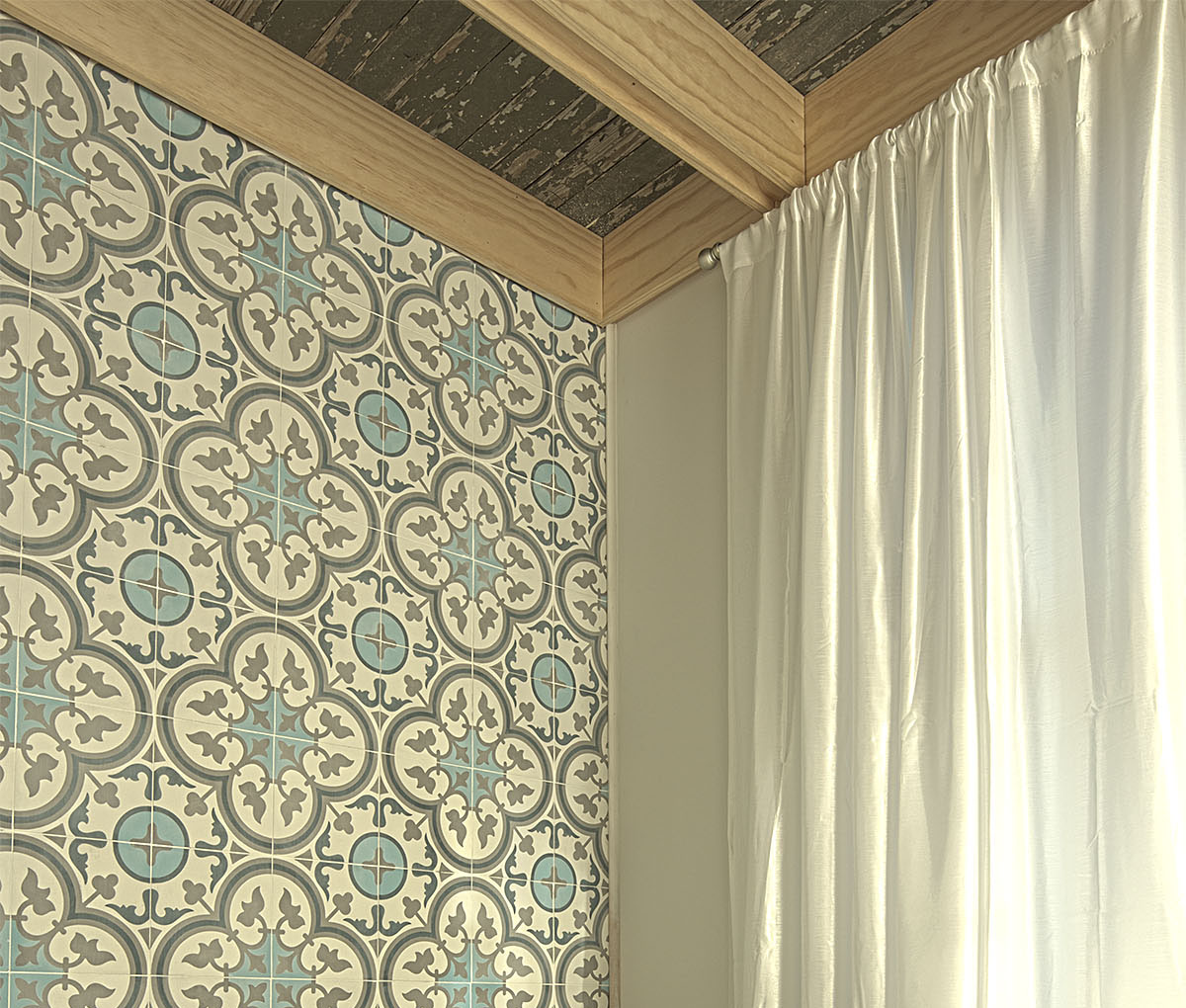
Space and Dimensionality
Back up again. Your living room isn't flat. It's three-dimensional, and thanks to the way we perceive space, how a space is designed can make it seem larger or smaller; confining or expansive. A space with exactly the same dimensions as another can seem claustrophobic or comfortable or considerable depending on all kinds of factors, but the biggest single factor is light. Light affects the perceived dimensions of a space and changes how you relate to it.
A few examples, perhaps? Alternating patterns of light and dark create a sense of depth, enlarging even small spaces. Bright spots draw the eye, helping pull you into a space. The glare of a bright window against a dark space blinds you, limiting what you can see and dramatically affecting how you feel about a space. High light makes spaces seem taller. Warm, evenly diffused light can create a sense of comfort.
We were talking about ceilings, though. "What do ceilings have to do with light?" you may ask. Well, ceilings are the surface which are the most affected by, and the most affecting of, the light in a room.
"Surely, the floor is more important!" you argue. "Light always falls on the floor!" Yep, it sure does. But floors are, by their nature, flat. Light on a singular, flat surface is fairly mute -- there's just not that much which can be revealed, nor is there that much depth to how floors can respond to light. Ceilings (at least those designed well, I argue) are the opposite. They have much more flexibility in materials, and they can be wildly three-dimensional, from the relatively minor reveals of trim to the more major reveals of coffering, to the substantial depth and separation of floating beams, to even just the textural highlights of rough materials.
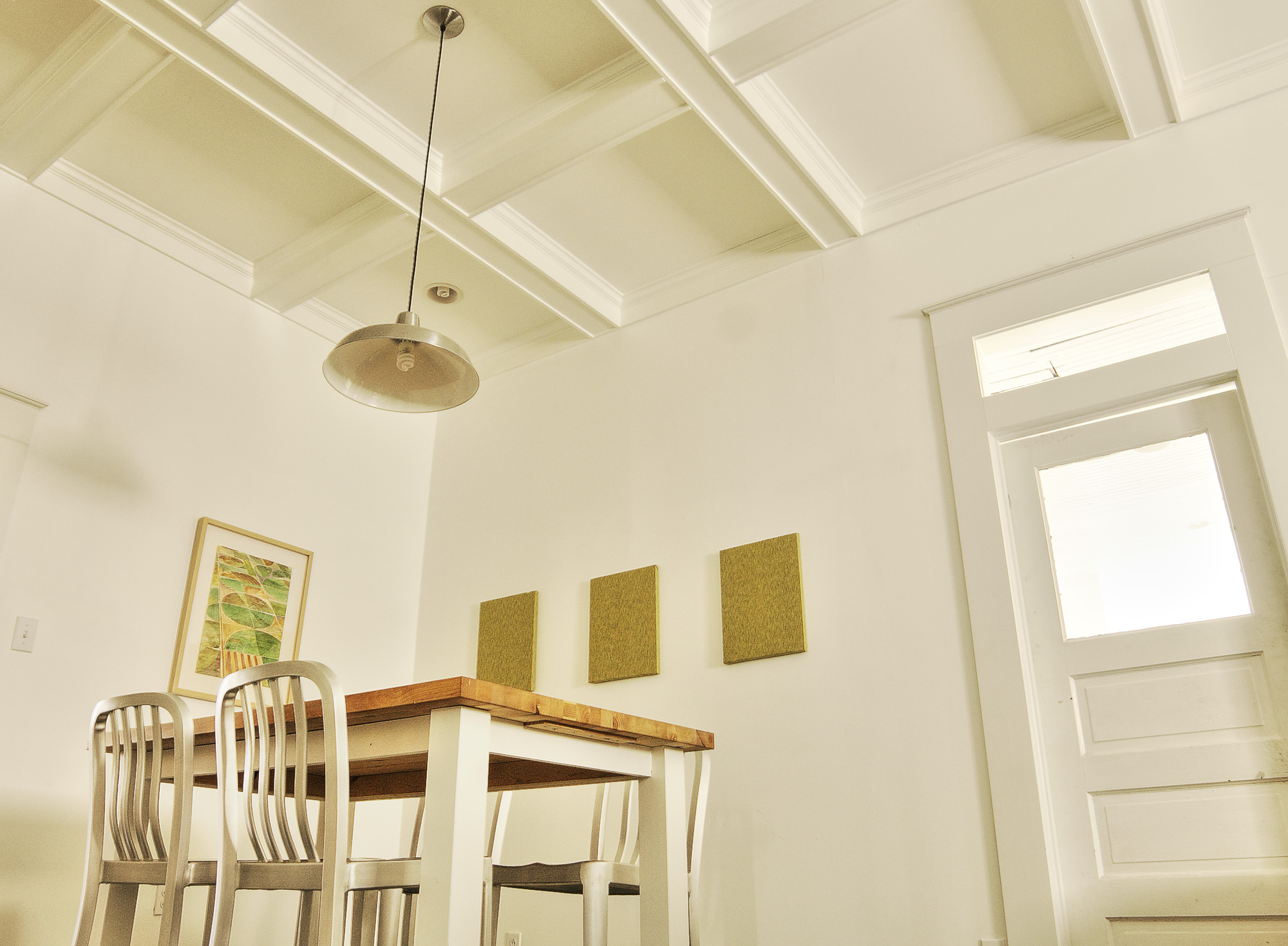
OK, Then, But Why Are They Ignored?
If ceilings are as important as I think they are, why are they so frequently ignored? I think there are a few factors:
Cost
Most of us work with limited budgets of one kind or another. Finishes and fixtures are the easiest way to save money, and of the finishes, ceilings draw the short stick for very ordinary reasons -- you can't touch them, there's not a durability factor, and they aren't in your line of sight the way other surfaces are. People tend to focus limited dollars on things they can touch, thinking that that's going to be more impactful than something that is mostly above your sight horizon, which leads me to...
Ignorance
I don't intend that to sound mean. It's just that it's easy to miss how important ceilings are if you don't think intentionally about the kinds of things that I've described, so it's easy to ignore them. If every house you've been in has textured drywall ceilings, why would you think beyond that? When a dressed-up ceiling is a fake beam, why give it any more consideration? Well, if you live architecture in a purely visual sense, then yes: ceilings shouldn't be your focus. But that's an impoverished view of the spaces where we spend most of our lives. Experiencing a space should be much more interesting than a magazine photo.
Difficulty
Doing interesting things with ceilings frequently means doing interesting things with wood and trim, or incorporating hard-to-find materials, or wrapping structure in complicated ways to maximize height. It's not as easy as upgrading the countertops. So it gets shortchanged, especially when the first two factors are driving decision-making.
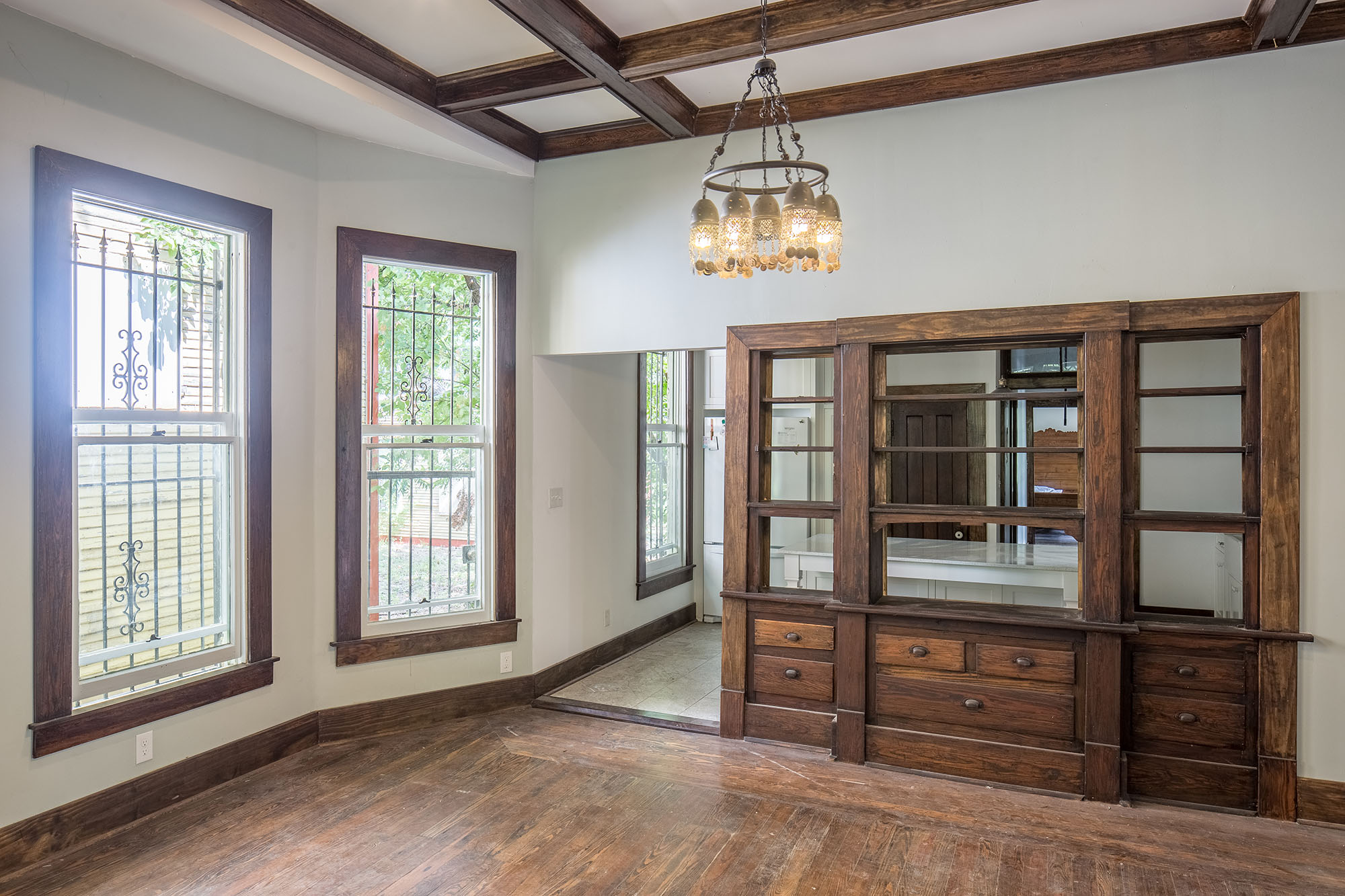
Fixes
What should you be doing, then? Hiring a professional who gets it is the biggest thing, of course *raises hand*. But it's more than just spending more money on ceilings than you might otherwise. You need to think about what the ceiling does to the space, what choice makes sense in a particular spot, and what materials and methods of articulation are both available and make sense. Here are a couple of particular strategies to consider.
Reveal Structure
Ceilings are all about structure -- moreso than with walls, holding up the ceiling and roof can be challenging. Why not reveal that structure? This seems like an obvious thing; since you have to spend all that money on structure anyway, why wouldn't you make the most of it? It's more challenging (and, yes, expensive) to place a ceiling above the structure and then trim the beams out than it is to slap a layer of gyp board beneath it, but we're talking about value, not least cost.
Consider Light Directly
The relationship between ceilings and light can be complex. But it's nonexistent if there's nothing going on light-wise. Tall windows, thoughtful integration of artificial light, clerestories, window treatments which block views but transmit light, and similar techniques are vital, else there's no reason to do anything at all. Once you start to think critically about how light and ceilings interact, you'll find that you make different choices about many different things going on in spaces.
Use Contrasts
Don't make every space the same. In fact, there's still good reason to use regular, old, flat ceilings. Using them in transitional spaces helps emphasize what you're doing in a focus space, like an entry space, public area, or living space. Sometimes, even lowering the ceiling in spaces transitioning to those focus spaces (a favorite trick of Frank Lloyd Wright) is a good move to emphasize the focus spaces even more.
